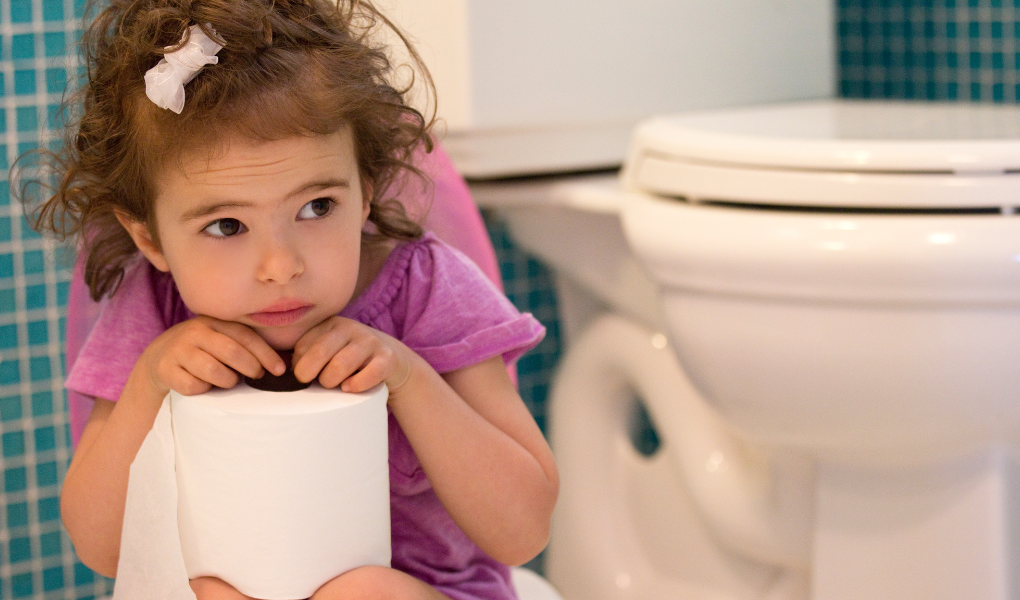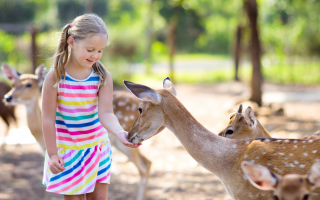Potty training is a process that all parents go through with their toddlers. It can be a challenging and sometimes frustrating experience, but with the right approach and some patience, most children are able to learn how to use the toilet successfully. Here are some different techniques that can be used to potty train toddlers:
- Timing: One of the first things to consider when potty training is timing. Most children are ready to start potty training between the ages of 18 months and 3 years, but every child is different. Signs that a child may be ready to start potty training include showing an interest in the toilet, staying dry for longer periods of time, and being able to follow simple instructions.
- Positive reinforcement: Using positive reinforcement is a key aspect of potty training. Children respond well to praise and rewards, so it is important to celebrate every successful trip to the toilet with positive words and rewards, such as stickers or small toys.
- Gradual introduction: Gradually introducing the concept of potty training can help make the process less overwhelming for children. This can include letting children sit on the toilet with their clothes on, reading books about using the toilet, and letting them watch an older sibling or parent use the toilet.
- Using a potty seat: Potty seats are a great tool for helping children feel more comfortable and secure on the toilet. Potty seats are designed to fit onto a regular toilet seat and are the perfect size for children. Many potty seats also have fun designs or characters to make the experience more enjoyable for children.
- Encouraging independence: Encouraging children to take ownership of their potty training can help make the process more successful. This can include letting children choose their own underwear or potty seat, and allowing them to help with tasks such as wiping and flushing.
- Consistency: Consistency is key when potty training. It is important to establish a routine and stick to it as much as possible. This can include taking children to the toilet at regular intervals, such as after meals or before naps.
- Accidents will happen: It is important to remember that accidents will happen during the potty training process. Children are still learning and it is normal for them to have accidents. It is important to remain patient and understanding, and to avoid punishing or scolding children for accidents. Instead, focus on praising and reinforcing successful trips to the toilet.
- Nighttime training: Potty training during the day and at night are two different processes. It is normal for children to take longer to become fully trained at night. Some strategies for helping children with nighttime training include using a bedwetting alarm, encouraging children to use the bathroom before bed, and gradually reducing the use of diapers or pull-ups.
- Potty training pants: Potty training pants can be a useful tool for helping children transition from diapers to underwear. Potty training pants are designed to be more absorbent than regular underwear, but less absorbent than diapers. This can help children feel the sensation of being wet, which can help them learn to use the toilet.
- Gradual transition: Gradually transitioning from diapers to underwear is a common approach to potty training. This can involve using a combination of diapers and potty training pants or underwear, and gradually increasing the amount of time children spend in underwear.
- Potty training seat: Potty training seats, such as the Summer Infant My Size Potty, are a great tool for helping children feel more comfortable and secure on the toilet. This potty training seat features a realistic design and a built-in flush handle to help children feel more like they are using a real toilet.
- Potty training pants: Potty training pants, such as the Huggies Pull-Ups Learning Designs Training Pants, are a useful tool for helping children transition from diapers to underwear. These training pants are designed to be more absorbent than regular underwear, but less absorbent than diapers, to help children feel the sensation of being wet.
- Potty training timer: Potty training timers, such as the Potty Time Potty Training Timer, can be a helpful tool for reminding children to use the toilet at regular intervals. This timer features a fun design and an easy-to-use timer to help encourage children to use the toilet.
- Potty training books: Reading books about using the toilet can be a great way to introduce the concept of potty training to children. Some popular potty training books include “The Potty Book” by Dr. Seuss and “Everyone Poops” by Taro Gomi.
- Potty training reward chart: Potty training reward charts, such as the Potty Training Reward Chart by Cute Panda, can be a great way to encourage and reward children for successful trips to the toilet. These charts typically feature a fun design and stickers that can be used to track progress and motivate children to use the toilet.




